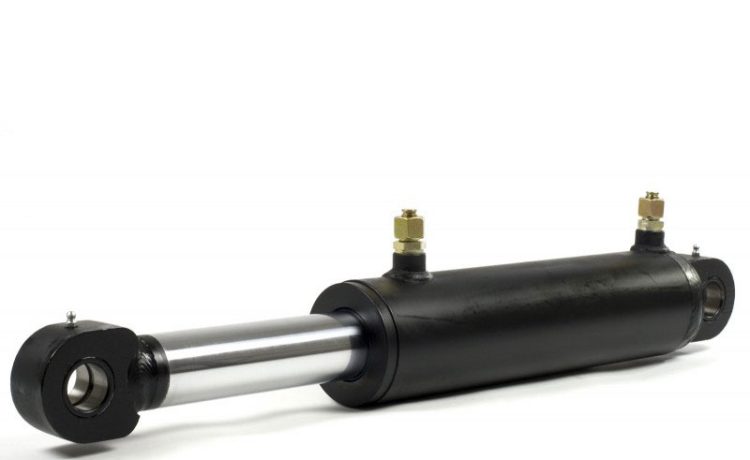Hydraulic vane pumps need regular oil maintenance to prevent damage and keep performance stable. These units work in high pressure conditions that cause internal wear when the fluid becomes dirty or weak. northernhydraulics.netexplain proper maintenance steps for each pump design. Oil must be replaced based on heat level, contamination, and usage time. It should not follow a fixed calendar schedule. Ignoring oil maintenance creates rapid wear on internal parts. The pump life can fall by more than sixty percent when the fluid is not maintained correctly.
Operating hour benchmarks
Standard industrial applications require oil changes every 2,000 operating hours for vane pumps running under normal conditions. High-temperature environments above 160°F cut this interval to 1,000 hours due to accelerated thermal breakdown of hydraulic fluid. Heavy-duty cycles with frequent pressure spikes need evaluation at 750-hour marks. Mobile equipment often works in harsh places. Dust and small particles enter through openings and settle inside parts. Construction machines need oil replacement after 500 to 750 working hours.
Contamination warning signs
Metal particles in oil samples indicate bearing or vane surface deterioration. Bronze-colored debris points to wear ring damage while steel particles reveal vane tip erosion. These conditions mandate immediate oil replacement regardless of hour counts. Fluid darkening beyond amber coloration shows oxidation has progressed past acceptable limits. Water contamination appears as milky discoloration and destroys lubricating properties within days of introduction. Varnish deposits on reservoir walls signal thermal degradation requiring complete system flushing and fresh fluid installation.
Temperature impact factors
Systems operating continuously above 140°F need oil changes 40% more frequently than cooler applications. Heat breaks down additive packages and reduces viscosity index stability. Pumps running below 100°F maintain fluid properties longer but face different challenges. Cold starts below 60°F stress vane pumps through inadequate lubrication during initial operation. Seasonal temperature swings require viscosity grade adjustments and more frequent monitoring. Summer operations in enclosed spaces generate heat loads that overwhelm cooling capacity and accelerate fluid breakdown rates.
Filter condition correlation
Clogged filters force pumps to work harder and generate excess heat that degrades oil faster. Differential pressure gauges reaching 25 PSI indicate filter replacement needs. Bypassing filtration due to restriction dumps unfiltered fluid directly into the pump chambers. New filters after oil changes provide maximum protection during break-in periods when fresh fluid suspends existing system contaminants. Missing this step allows particles to circulate and damage precision-ground surfaces. Filter changes cost less than pump rebuilds but get overlooked in rushed maintenance schedules.
Fluid analysis programs
- Oil sampling every 500 hours reveals developing problems before pumps fail. Viscosity testing catches thermal breakdown while particle counts track wear progression. Acid number measurements show oxidation levels that predict remaining fluid life.
- Trending analysis from consecutive samples provides early warnings about deteriorating seals or bearing surfaces. Spectroscopic analysis identifies specific wear metals and traces contamination sources. Laboratories return results within 48 hours for critical equipment monitoring programs.
- Regular oil changes help hydraulic vane pumps work smoothly. They prevent parts from wearing out before their time. This care also keeps the pump working longer than the estimated lifespan.
Contamination levels must be checked often. The same goes for temperature and filter condition. These checks give a clear idea of when the oil needs to be replaced. Fixed schedules alone do not always show the correct time for a change. Fluid analysis programs catch problems early and prevent expensive repairs from progressing damage.






